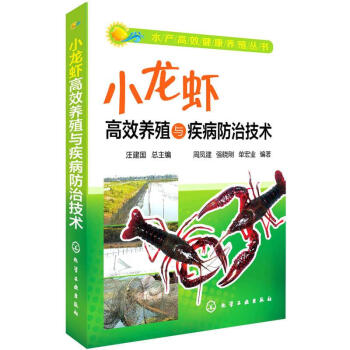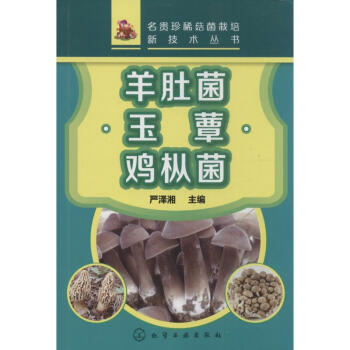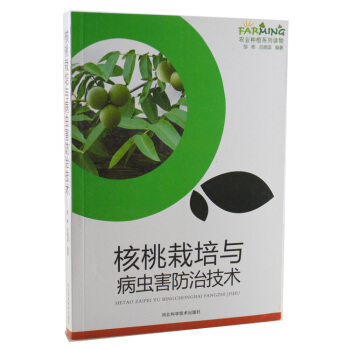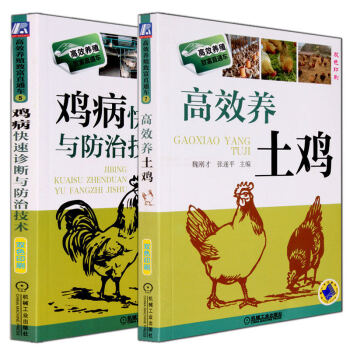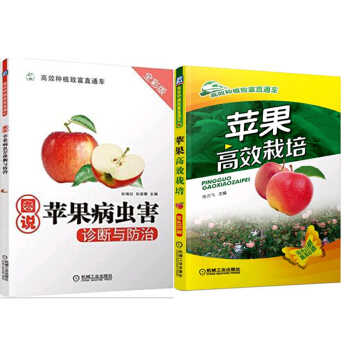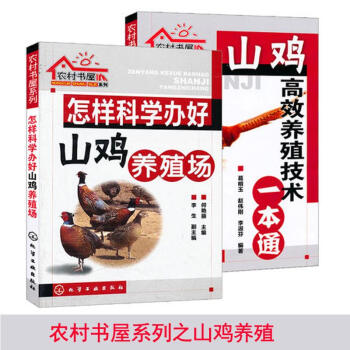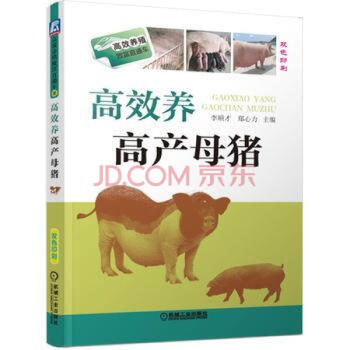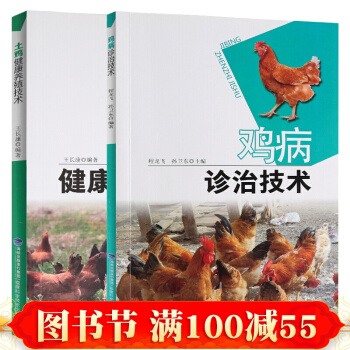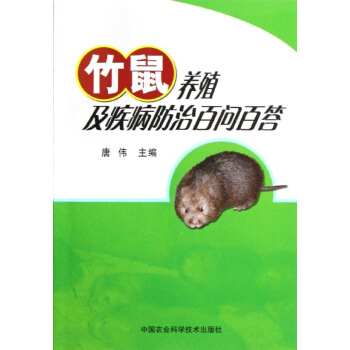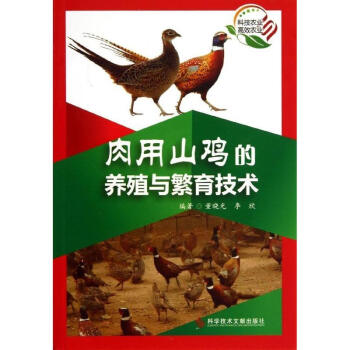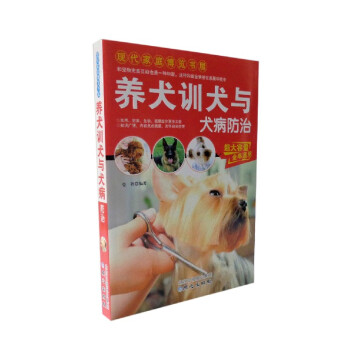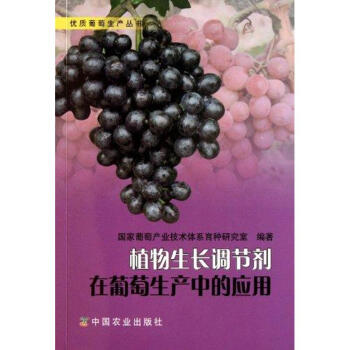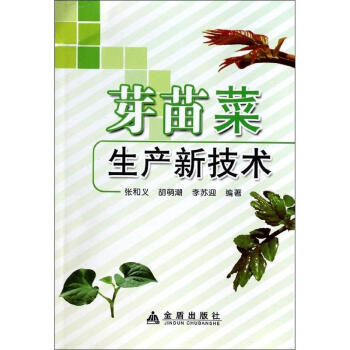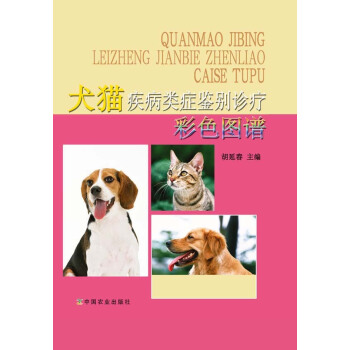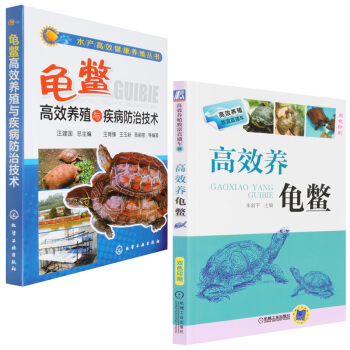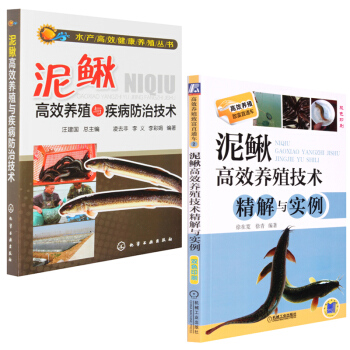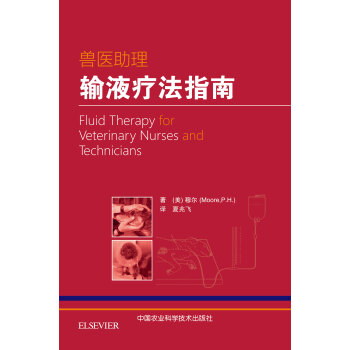具体描述
作 者:無 著作 汪建國 主編 周鳳建 等 編者 定 價:25 齣 版 社:化學工業齣版社 齣版日期:2014年09月01日 頁 數:197 裝 幀:平裝 ISBN:9787122211712 ●暫無
內容簡介
暫無
《 aquatic delicacies: a deep dive into sustainable crustacean aquaculture 》 This comprehensive volume embarks on an in-depth exploration of the dynamic and burgeoning field of aquatic delicacies, focusing specifically on the intricate world of crustacean aquaculture. Far from being a simplistic how-to guide, this book serves as an authoritative reference and a forward-thinking manifesto for those dedicated to the responsible and profitable cultivation of these prized underwater treasures. It delves into the multifaceted aspects that define modern, sustainable aquaculture, from the foundational principles of selecting optimal species and establishing pristine aquatic environments to the sophisticated management practices that ensure both high yields and ecological integrity. The initial chapters lay a robust theoretical groundwork, meticulously detailing the biological imperatives and environmental nuances critical for successful crustacean farming. We navigate the diverse tapestry of commercially viable crustaceans, dissecting their specific life cycles, dietary requirements, and preferred habitat conditions. This foundational knowledge is crucial for any aquaculturist, enabling informed decisions regarding species selection, pond or tank design, and water quality parameters. The book emphasizes the paramount importance of water – its composition, circulation, and filtration – as the lifeblood of any aquatic farming operation. Readers will gain a profound understanding of dissolved oxygen levels, pH balance, salinity, and the impact of various chemical and biological parameters on crustacean health and growth. Strategies for achieving and maintaining optimal water quality, including natural methods and advanced technological interventions, are thoroughly examined, highlighting their direct correlation with reduced stress, improved growth rates, and enhanced disease resistance. A significant portion of the narrative is dedicated to the art and science of feed management. Recognizing that nutrition is a cornerstone of efficient aquaculture, this book offers a granular analysis of crustacean dietary needs at different life stages. It scrutinizes the composition of various feed types, from traditional protein sources to innovative alternatives, and evaluates their nutritional efficacy, cost-effectiveness, and environmental impact. The principles of balanced feeding, optimal feeding frequency, and the prevention of feed wastage are discussed in detail, empowering aquaculturists to develop feeding regimes that maximize growth while minimizing operational expenses and effluent discharge. Furthermore, the book explores the concept of feed conversion ratio (FCR) as a key performance indicator and provides practical guidance on how to improve it through careful feed selection and management. Beyond nutrition and water quality, the book dedicates substantial chapters to the physical infrastructure and operational logistics of crustacean farming. It examines various farming systems, including pond culture, raceway systems, and recirculating aquaculture systems (RAS), evaluating their respective advantages, disadvantages, and suitability for different scales of operation and environmental contexts. Detailed discussions on pond construction, tank design, aeration systems, and filtration technologies are provided, offering insights into selecting and implementing the most appropriate infrastructure. The book also addresses the critical aspects of stocking density, seed selection, and hatchery management, underscoring the importance of healthy, vigorous juveniles for the success of any grow-out operation. Readers will learn about best practices for broodstock management, artificial insemination techniques, and larval rearing, ensuring a reliable supply of high-quality seedstock. The complexities of environmental sustainability are woven throughout the narrative. The book champions a holistic approach to aquaculture that prioritizes ecological balance and minimizes the environmental footprint of farming operations. It explores methods for waste management and nutrient recycling, emphasizing the development of closed-loop systems that reduce the discharge of organic matter and nutrients into surrounding ecosystems. The principles of integrated multi-trophic aquaculture (IMTA), where different species are farmed together to create symbiotic relationships and utilize waste products, are thoroughly investigated as a model for enhancing resource efficiency and reducing environmental impact. Readers will be equipped with the knowledge to implement sustainable practices that not only benefit the environment but also contribute to the long-term viability of their farming enterprises. A critical and detailed examination of disease prevention and management forms a substantial part of this work. Instead of solely focusing on reactive treatments, the book emphasizes a proactive and preventative approach, drawing upon robust scientific understanding of crustacean pathology. It systematically identifies common pathogens, including bacteria, viruses, and parasites, that can affect various species, detailing their modes of transmission, clinical signs, and potential consequences. Crucially, the book delves into the underlying factors that predispose crustaceans to disease, such as poor water quality, inadequate nutrition, high stocking densities, and environmental stressors. Understanding these root causes is presented as the first line of defense. The preventative strategies discussed are multifaceted. Readers will find in-depth guidance on biosecurity protocols, encompassing everything from the disinfection of equipment and water sources to the careful screening of incoming stock. The importance of quarantine procedures for new arrivals is highlighted as a vital measure to prevent the introduction of pathogens into established populations. Furthermore, the book elaborates on the role of optimal husbandry practices in bolstering the natural immune defenses of crustaceans. This includes achieving ideal water parameters, providing a nutritionally complete and balanced diet, avoiding overcrowding, and minimizing handling stress. The text explores the benefits of probiotics and prebiotics in promoting gut health and enhancing immune responses, presenting them as valuable tools in a preventative health management program. When disease outbreaks do occur, the book offers a systematic approach to diagnosis and intervention. It details methods for accurate disease identification, including visual inspection, sampling techniques, and basic laboratory analyses. The importance of early detection cannot be overstated, and readers will learn to recognize subtle changes in behavior, appetite, or physical appearance that may indicate the onset of illness. The book then moves on to discuss treatment options, emphasizing a cautious and targeted approach. It critically evaluates the use of approved therapeutic agents, providing guidance on dosage, administration, and withdrawal periods to ensure food safety and prevent the development of antibiotic resistance. Importantly, the text also explores non-chemical treatment methods, such as environmental manipulation, immune stimulants, and the removal of affected individuals, offering a spectrum of options for managing outbreaks responsibly. The section on disease management also includes a strong focus on post-disease recovery and surveillance. Strategies for rehabilitating affected populations, restoring water quality, and implementing stricter biosecurity measures after an outbreak are discussed. The book advocates for the establishment of robust record-keeping systems to track disease occurrences, treatments, and outcomes, thereby facilitating ongoing monitoring and the refinement of management strategies. This commitment to continuous learning and adaptation is presented as essential for maintaining a healthy and productive aquaculture operation. The ultimate aim is to cultivate a resilient population of crustaceans that can naturally withstand common challenges, thereby reducing reliance on chemical interventions and ensuring a sustainable and high-quality output. The information presented is grounded in scientific research and practical experience, offering aquaculturists the knowledge to safeguard their valuable stocks and contribute to the responsible advancement of crustacean aquaculture.
